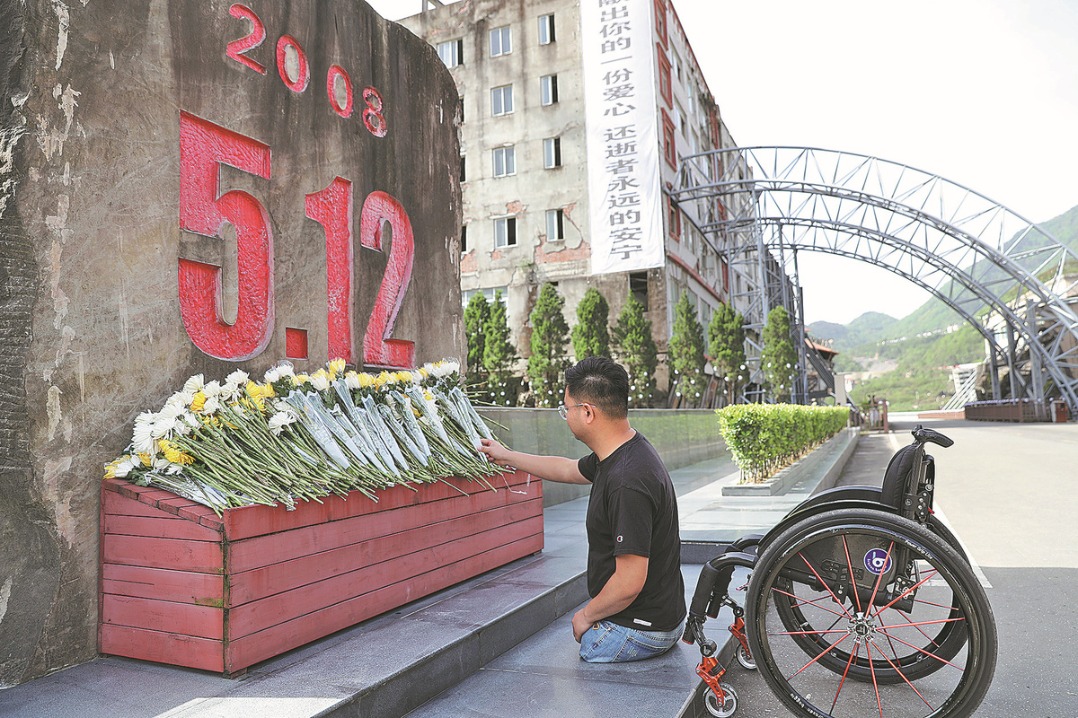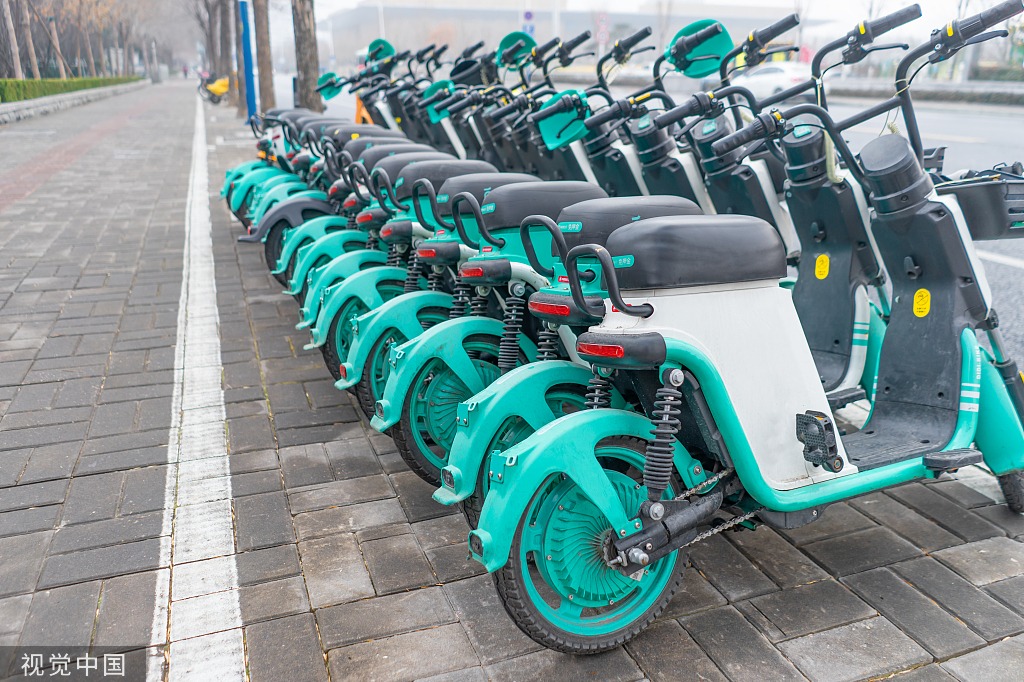Economic regulator to push NEVs in rural areas
By ZHENG XIN | China Daily | Updated: 2023-05-18 09:00

China aims to enhance the layout and construction of public charging infrastructure in rural areas to promote green transportation among local residents, the top economic regulator said on Wednesday.
Local governments should step up distribution and construction of public charging infrastructure, according to a document on accelerating the construction of new energy vehicle charging infrastructure in rural areas, jointly released by the National Energy Administration and the National Development and Reform Commission, on Wednesday.
Local governments should also further promote smart charging models and intelligent technologies such as vehicle-to-grid or V2G technology, which allows vehicle batteries to return power to the grid when demand is high, to further develop the NEV charging pile industry, the document stated.
The NDRC said it will encourage NEV enterprises to optimize their offerings and develop more economically practical vehicle models, including new energy cargo micro-vans, micro-trucks and light trucks, while providing high-quality used NEVs to the rural market.
China has established the world's largest charging infrastructure system in terms of quantity and coverage area, providing strong support for the rapid development of NEVs in recent years, said the commission.
However, there are still some rough edges in rural areas that need to be smoothened, like insufficient construction of public charging infrastructure, difficulties in installing and sharing charging facilities in residential communities and imbalances between supply and demand during certain periods. These issues have crimped NEV consumption potential in rural areas, it said.
Cui Dongshu, secretary-general of the China Passenger Car Association, said there is vast potential for NEV growth in rural China and the initiative is expected to boost consumption in such areas.
The potential for promoting NEVs in rural areas might be greater than that in large cities as China is an aging society with enormous opportunities presented by the development of NEVs for middle-aged and elderly people, Cui said.
Lin Boqiang, head of the China Institute for Studies in Energy Policy at Xiamen University, said despite having the world's largest and most widely distributed network of charging facilities, with 6.09 million charging facilities nationwide as of April, the biggest concern for NEV buyers remains the inconvenience of charging.
The rural population and vehicles are more widely spread out, while issues such as difficulty in installing charging stations in some residential areas also pose challenges to installing sufficient charging infrastructure in rural regions, he said.
























